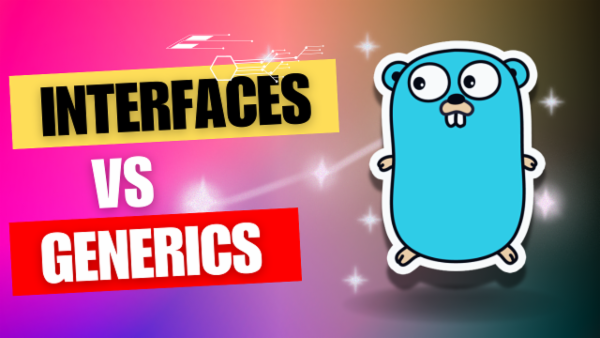There are no items in your cart
Add More
Add More
| Item Details | Price | ||
|---|---|---|---|
Instructor: Amrit Pal SinghLanguage: English
Welcome back to our Go programming series! Today, we're diving into two powerful features of Go: Interfaces and Generics. One of the most confusing concepts for developers is understanding the difference between these two and where to use what. We'll explore what they are, why they're useful, and see some real-world examples. Let's get started!
Topics Covered:
- Understanding Interfaces
- Definition and purpose
- Implementing polymorphism
- Promoting loose coupling and improving testability
- Real-World Example: Payment Processing System
- Types: Credit Cards, PayPal, Bank Transfers
- Interface: PaymentProcessor
- Implementing the ProcessPayment method
- Processing payments with the PaymentProcessor interface
- Introduction to Generics
- Definition and purpose
- Reducing code duplication
- Enhancing readability and type-safety
- Real-World Example: Generic Sorting Function
- Defining constraints with the Sortable interface
- Implementing a generic sorting function
- Sorting slices of different types (integers, floats, strings)
By understanding and using these features, you can build more robust and scalable applications. Thanks for watching, and happy coding!
Resources:
- GitHub: https://github.com/code-heim/go_40_interfaces_generics
Don’t forget to like, subscribe, and hit the bell icon for more Go programming tutorials!
